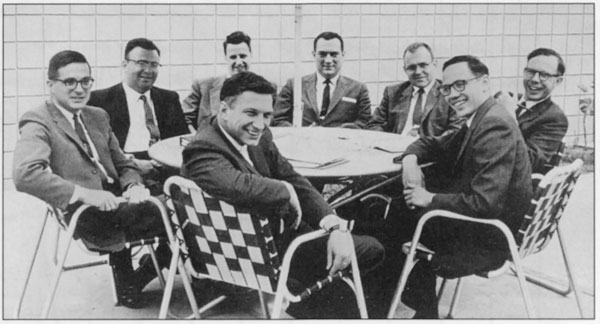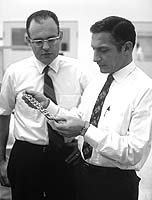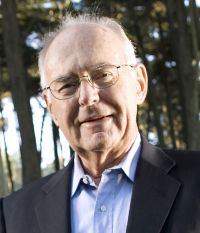Gordon Moore and Robert Noyce are two of the most influential figures in the history of computer technology. Both men played key roles in the development of the microprocessor, which is the central processing unit (CPU) of a computer that performs most of the processing and controls the other components of the system.
Moore, who was born in San Francisco in 1929, received his bachelor's degree in chemistry from the California Institute of Technology and his Ph.D. in chemistry and physics from the University of California, Berkeley. After working as a researcher at Shockley Semiconductor Laboratory, he co-founded Intel Corporation in 1968 with Noyce, who was born in Burlington, Iowa in 1927.
Noyce received his bachelor's degree in physics and chemistry from Grinnell College and his Ph.D. in physical chemistry from Massachusetts Institute of Technology. Before co-founding Intel, he worked at Philco Corporation and Fairchild Semiconductor, where he played a key role in the development of the microchip.
One of Moore's most notable contributions to the field of computer technology was Moore's Law, which he formulated in 1965. Moore's Law states that the number of transistors that can be placed on a microchip will double approximately every two years, leading to exponential increases in the processing power of computers. This prediction has held true for over 50 years, and has helped drive the rapid pace of technological advancement in the computer industry.
In addition to co-founding Intel and formulating Moore's Law, Moore also served as the CEO of the company from 1979 to 1987 and as chairman of the board from 1987 to 1997. He is widely credited with helping to establish Intel as one of the world's leading manufacturers of computer processors and other semiconductor products.
Noyce, meanwhile, is often referred to as the "Mayor of Silicon Valley" due to his role in helping to establish the region as a hub for technology innovation. In addition to co-founding Intel, Noyce also played a key role in the development of the microprocessor, which is a central component of modern computers. He was awarded a patent for the microprocessor in 1971, and is widely credited with helping to revolutionize the computer industry by making it possible to fit the processing power of a large computer into a small, portable device.
In addition to his contributions to the field of computer technology, Noyce was also a passionate advocate for education and was actively involved in a number of charitable organizations. He received numerous awards and accolades for his work, including the National Medal of Technology and the Presidential Medal of Freedom.
In conclusion, Gordon Moore and Robert Noyce are two of the most influential figures in the history of computer technology. Their contributions to the field, including the development of the microprocessor and the formulation of Moore's Law, have had a profound impact on the way we live and work. Their legacy continues to inspire and influence the next generation of technology innovators.
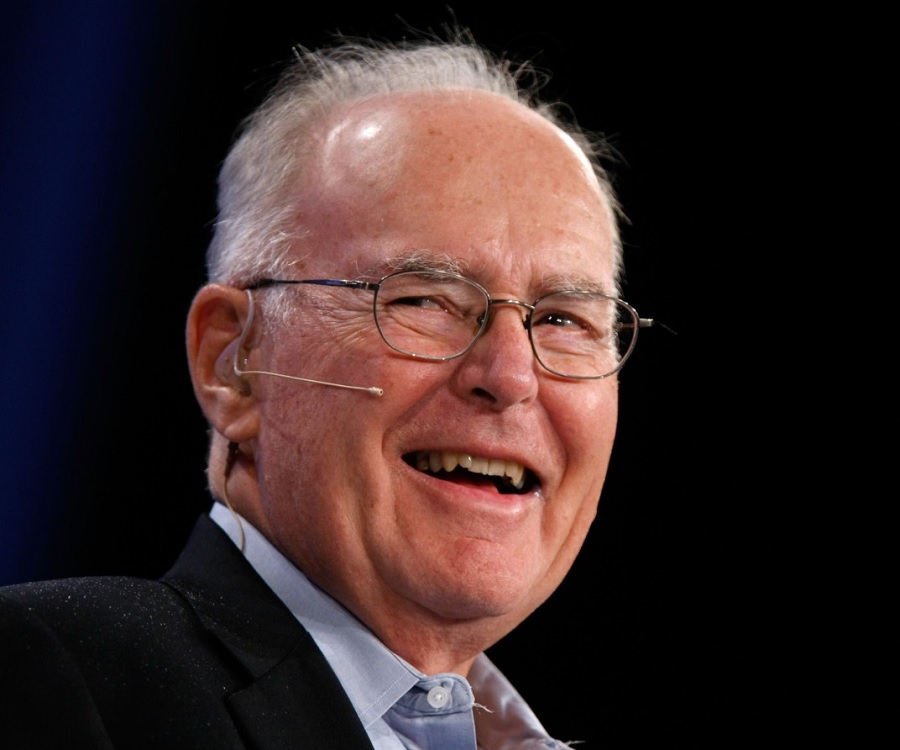
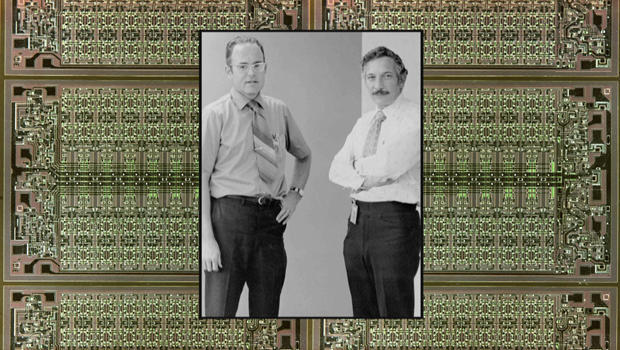


.png/123px-Robert_Noyce_Intel_SC1_1970_(cropped).png)
